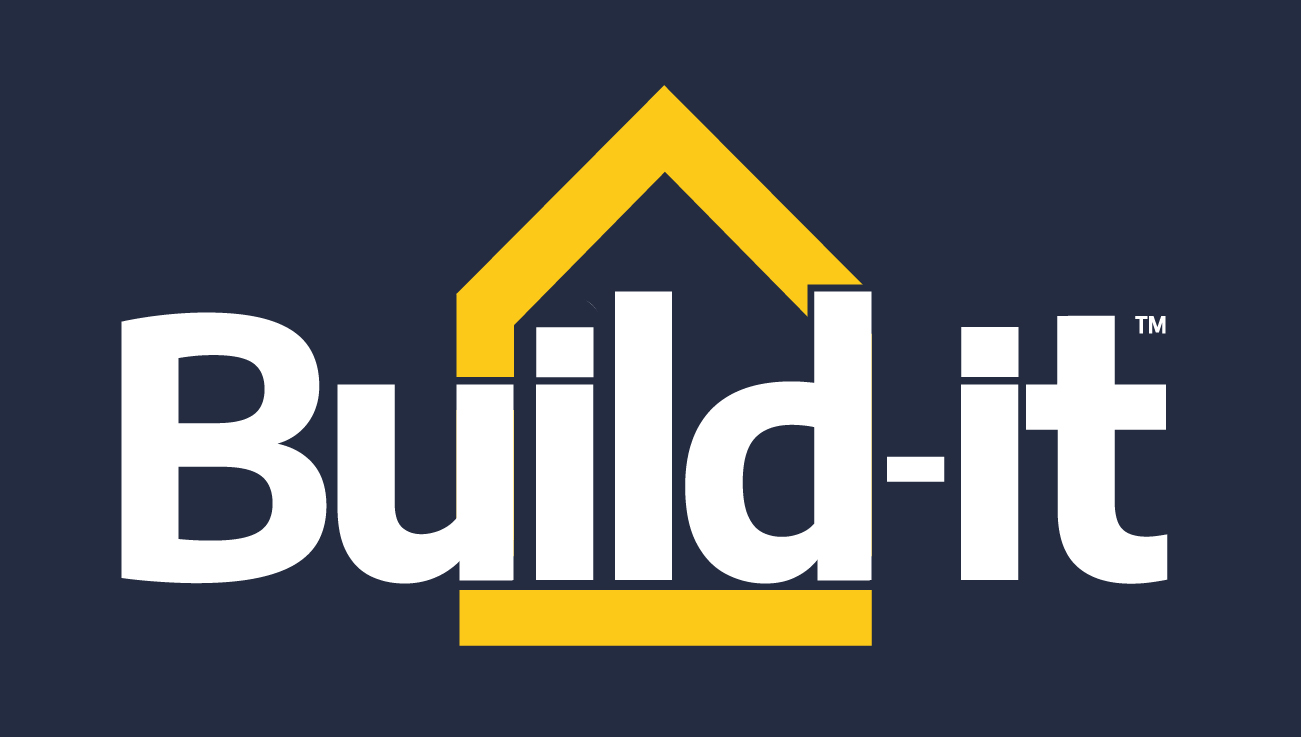Aussies are backing large-scale renovation to the nation’s social housing network as a way to fix the housing crisis.
Recent polling conducted by one of Australia’s largest political and social data trackers, The Essential Report, showed that most voters want the housing system to change, with social housing upgrades as the most popular solution.
Their research showed that 43 per cent of Aussies believe the nation’s housing system as a whole is broken and needs to be fundamentally rethought. At the same time, more than two-thirds backed social housing policy reforms to help solve the housing crisis.
The support is also backed by the nation’s business community, with the latest Director Sentiment Index survey showing that business leaders believe social housing revamps are the best tool to fix the nation’s housing problems.
A coalition of housing, homelessness and welfare organisations, Everybody’s Home is a national campaign to urge the federal government to boost social housing numbers and improve the current stock.
They say providing better social housing options will make homes cheaper across the board by making rentals more affordable for everyone.
“The housing crisis is climbing the income ladder and hurting Australians of all stripes. Key workers can barely pay the rent, much less find a home near their work. Working people are living in tents, sleeping in cars, and seeking help from overstretched services,” Everybody’s Home spokesperson Maiy Azize said.
“More and more people understand that the private market isn’t delivering homes that people can afford. Everyone from business leaders to everyday Australians want to see the government get back to building homes itself.”
Social housing rental properties are barely habitable
But it’s not just social housing availability that welfare groups are concerned about, with many rentals deemed barely habitable and needing upgrades.
Tenant advocacy organisation Better Renting says Aussie rental homes have an average indoor temperature of 25°C and experienced two hours a day over 30°C this past summer.
In Queensland, NT and WA, indoor temperatures exceeded the outside temperature one-third of the time.
Better Renting Deputy Director Bernie Barrett said their data pointed to the need for action to lift the standard of social housing rental properties.
“Everyone needs a healthy home — governments should require landlords to make changes so that rental homes are fit and healthy to live in through summer,” she said.
“Simple changes like ceiling insulation, fly screens, or cooling appliances can help reduce the danger from extreme indoor heat. Renters facing record increases should, at the very least, have a decent home for them and their children.”
Social housing renovations could save renters on power bills
Those renovations could be introduced soon in West Australia after a new analysis found social housing upgrades could save families millions on their power bills.
Cash-strapped households could save a combined $50 million on energy costs just by making their homes more energy-efficient.
The proposal, made by Western Australia’s peak body for community housing and homelessness services, Shelter WA, calls for the state’s 42,000 social housing properties to be retrofitted with climate-conscious installations to reduce reliance on home heating and cooling systems.
The proposed ‘Healthy Homes’ retrofit package would provide ceiling fans, flyscreens, curtains, insulation, draught sealing, reverse cycle air conditioners, efficient electric hot water systems and solar panels to homes across the state.
Individual or community battery systems installed in some regions would provide households with reliable renewable energy during adverse weather conditions.
Analysis by the Australian Council of Social Services shows the proposal would save tenants $780-$1,500 per year on energy bills if implemented.
Shelter WA chief executive Kath Snell said the package would help some of Western Australia’s most in-need families, struggling to pay high-cost power bills racked up over summer due to inefficient cooling systems.
“Our Healthy Homes package would combat energy poverty in WA. People are paying a huge portion of their income on energy bills and are in the most energy-efficient homes,” she said.
“We know having a comfortable, energy-efficient home is good for the health, happiness and wallets of renters.”
“An extensive energy efficiency retrofit of WA’s social housing is one of the lowest cost, highest impact opportunities to reduce the cost of living, lift living standards for renters, and decarbonise our communities.”
With a targeted completion date of 2030, the retrofit program would cost an eyewatering $658 million to roll out.
However, Ms Snell says the package would provide a much better cost-return benefit than current government rebates and one-off handouts.
“In the midst of a cost-of-living crisis, the government would get a better return on investment and create a greater legacy if it delivers budget measures that reduce expensive energy bills permanently,” she said.
A permanent reduction in weekly living costs would be welcome news to the state’s social housing renters, who now experience the worst “rental stress” of any part of the country.
Social housing upgrades would help combat rising rents
Data released last week by independent rental price group firm SuburbTrends shows WA renters have endured a 12-month rental increase of 16 per cent, pushing the average rental affordability to nearly a third of household incomes.
“These communities are at the breaking point,” Suburbtrends founder Kent Larder said.
“With rental affordability consuming upwards of 30% of household incomes and vacancy rates at critically low levels, the situation for many Australian renters is becoming untenable.”
Concerningly, the state could also face an increased demand for social housing spots, with Perth unit rental prices rising by 22 per cent over the last year and home rental prices jumping by 16 per cent.
Ms Snell says those rental crisis pressures made it ever more critical to ensure the cost of living for those in social housing remained as affordable as possible.
“By making social housing more energy efficient, the Cook Government can build upon previous initiatives, including the Smart Energy for Social Housing pilot and installation of water-wise fixtures in public housing,” she said.
“This will complement the government’s plan to set minimum standards for rental homes and also help deliver its commitment to achieve net zero greenhouse gas emissions. This is a win-win for people and the environment.”





